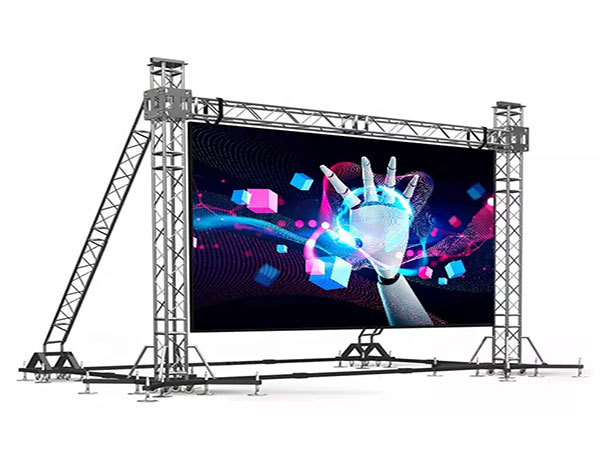Clarifying LED Display Panel Luminance Evaluations for Ideal Visual Effectiveness
Clarifying LED Display Panel Luminance Evaluations for Ideal Visual Effectiveness
Blog Article
Light Emitting Diode panel panels are more and more popular across different environments, including residences to commercial spaces as well as communal areas. These panels are recognized due to the vivid as well as dynamic visuals, that render them suitable to communicating data, ads, as well as engagement. Nevertheless, comprehending the brightness measurements of LED panel panels is essential to guaranteeing ideal visual performance. Illumination can be quantified using metrics known as nits, that indicate how much luminosity produced by a panel. A higher the number of nits, the more luminous the visual is. For instance, example, a panel boasting 1,000 nits is significantly more vivid compared to a featuring five hundred nits, making it better equipped in brightly lit settings.
As you selecting an LED panel screen, one becomes crucial to take into account the environment in which the screen will be placed. For well-lit illumined areas, such as shopping malls or outdoor settings, a higher brightness rate becomes essential for guaranteeing clarity. On the other hand, within darker environments, such as theaters or conference rooms, a lower brightness level may be adequate. This is because excessive bright unnecessary brightness in a dark setting may result in viewer discomfort among the audience, causing it more difficult to concentrate with a screen. Thus, understanding specific particular needs for an setup site can help in choosing the suitable illumination rate to ensure ideal visual experience.
A further crucial factor to consider is the contrast ratio of the LED wall panel. This ratio measurement measures the disparity exists between the most luminous white and the black shade which a screen can led wall rental services create. A greater differential proportion means that the display can show more clarity as well as richness, thereby improves overall visual quality. For instance, one screen boasting an differential ratio of 10,000:1 will show images with greater vivid hues as well as crisper details compared to one with a proportion at one thousand to one. This becomes especially crucial when displaying images or motion graphics which demand greater clarity as well as detail, such as slideshows or promotional content.
Additionally, the technology mechanism behind LED wall screens has an crucial role for the illumination and overall performance. Various kinds in LED methods, such as OLED as well as Liquid Crystal Display, possess unique characteristics which impact the way brightness is perceived. Organic Light Emitting Diode screens typically offer better contrast and darker shades, which can improve a viewing experience in dim environments. On the other hand, standard LED panels might prove to be more suitable for well-lit spaces due to the capacity to produce greater amounts of illumination. Comprehending these technological variances will guide users to Discover More Here making informed decisions based on specific individual requirements.
Finally, regular care as well as calibration of Light Emitting Diode wall panels may assist maintain optimal illumination and performance long-term. Dust and particles can accumulate in the surface, impacting its illumination as well as clarity in a display. Regular washing and expert adjustment may guarantee the panel screen functions in top best, offering uniform image clarity. Additionally, some sophisticated LED wall panels feature with integrated features that enable users for adjust brightness settings and hue adjustments based on individual preferences. Through implementing these measures, operators can guarantee that LED LED wall screens deliver the best visual efficiency, regardless of the setting in that they are used.